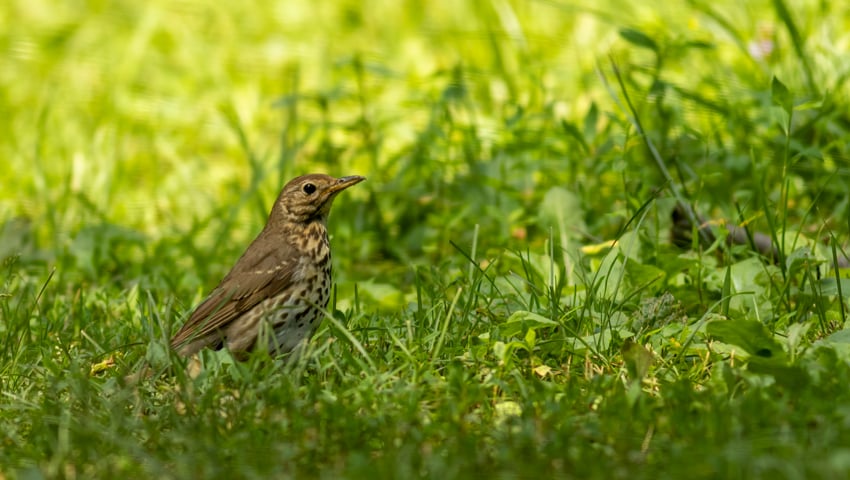Restore is a nature restoration business which specialises in bringing highly-degraded landscapes back to nature, fast.
Benedict Macdonald, Chief Executive of Restore, said, “When we take on a field, our first question is, why it is still a field (a device for enclosing livestock or crops) at all?”
By the time Restore has begun many projects, their landowning clients are already geared towards wilder landscapes, wilder livestock and integrating scrub, grassland and wood-pasture back into the same landscape.
But, Macdonald said, “One of our finest, scruffiest inventions, the thorn scrub-island allows fields to rapidly regain their three-dimensional complexity – and begin their journey ceasing to be fields at all. They immediate add nesting song thrushes, hedgehog refuges and perches to a landscape – but crucially, they act as the creche for the next generation of trees, and scrub.
Such scrub islands support wildlife and enhance biodiversity by providing shelter, nesting sites, and foraging opportunities for various species.
Speaking about scrub island creation at Owlett’s Farm in the Ashdown Forest, Macdonald said, “One of the single most important things when you’re doing nature restoration is creating complexity out of sameness.
“A hundred years ago in Ashdown Forest they were breeding redback shrikes, there were wrynecks, there were turtle doves, there were cuckoos in numbers unimaginable today. Many of them would have been using a habitat called scrub grassland – not linear hedgerows, but bollards of scrub spread across the landscape.
“So we could either wait 15 years and do nothing, or we could speed up the process – and that’s what’s been happening here. There’s been some very unusual sights – hedgerows have been seen migrating into the middle of fields to create thorn banks.
“They may appear scruffy and random, but that is of course part of the plan. What these scrub banks effectively do is they create natural deer fences. Into the scrub we chuck acorns, dog rose, bramble, which can then grow safely from the inside out – because any self-respecting deer on approaching these will get a prong in the nose and then it will learn not to come back – so these are effectively anti-deer fortresses, but they are also habitats in their own right, and the more we add to the landscape, the faster the complexity, the species and the life returns.”
